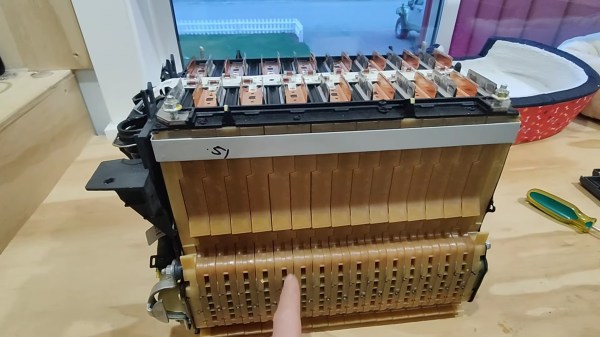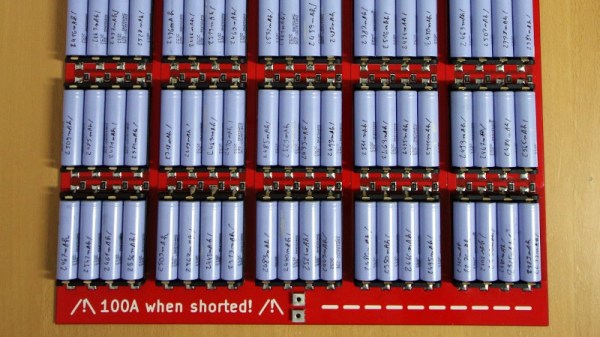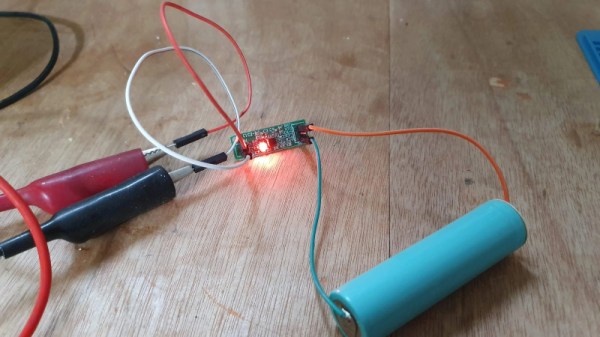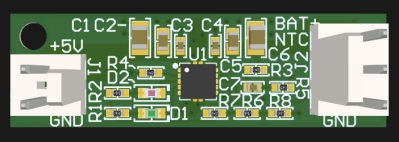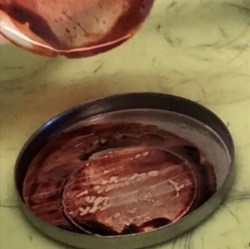The proliferation of affordable lithium batteries has made modern life convenient in a way we could only imagine in the 80s when everything was powered by squadrons of AAs, or has it? [Ian Bogost] ponders whether sticking a lithium in every new device is really the best idea.
There’s no doubt, that for some applications, lithium-based chemistries are a critically-enabling technology. NiMH-based EVs of the 1990s suffered short range and slow recharge times which made them only useful as commuter cars, but is a flashlight really better with lithium than with a replaceable cell? When household electronics are treated as disposable, and Right to Repair is only a glimmer in the eye of some legislators, a worn-out cell in a rarely-used device might destine it to the trash bin, especially for the less technically inclined.
[Bogost] decries “the misconception that rechargeables are always better,” although we wonder why his article completely fails to mention the existence of rechargeable NiMH AAs and AAAs which are loads better than their forebears in the 90s. Perhaps even more relevantly, standardized pouch and cylindrical lithium cells are available like the venerable 18650 which we know many makers prefer due to their easy-to-obtain nature. Regardless, we can certainly agree with the author that easy to source and replace batteries are few and far between in many consumer electronics these days. Perhaps new EU regulations will help?
Once you’ve selected a battery for your project, don’t forget to manage it if it’s a Li-ion cell. With great power density, comes great responsibility.




![The patched up XR2981 boost IC with MCP809 reset IC installed. (Credit: [MisterHW])](https://hackaday.com/wp-content/uploads/2024/05/upload_34f9a5c70d7738a67185359c3110505b.jpg?w=400)
